We need your consent to use the individual data so that you can see information about your interests, among other things. Click "OK" to give your consent.
ASTM C368-88(2011)
Standard Test Method for Impact Resistance of Ceramic Tableware
STANDARD published on 1.3.2011
The information about the standard:
Designation standards: ASTM C368-88(2011)
Note: WITHDRAWN
Publication date standards: 1.3.2011
SKU: NS-13132
The number of pages: 4
Approximate weight : 12 g (0.03 lbs)
Country: American technical standard
Category: Technical standards ASTM
The category - similar standards:
Annotation of standard text ASTM C368-88(2011) :
Keywords:
ceramic tableware, impact resistance, ICS Number Code 97.040.60 (Cookware, cutlery and flatware)
Additional information
| Significance and Use | ||
|
The purpose of this test method is to predict product resistance to impact breakage in service. |
||
| 1. Scope | ||
|
1.1 This test method covers the following tests: 1.1.1 Impact tests at the center of both flatware and hollow ware and at the rim of hollow ware, and 1.1.2 Chipping tests at the rim of flatware. Specimens may be either glazed or unglazed. Note 1The impact test at the center of the specimen is used to determine: (1) the magnitude of a blow that will produce initial fracture, and (2) the amount of energy necessary to produce complete failure. In the first case, the initial fracture shows on the side of the piece opposite from that being struck and appears to be a function of the square of the thickness and of the inherent brittleness of the body or body-glaze combination; it is relatively independent of the size or design of the specimen. The second factor is more dependent upon design and often is subject to wide variation within a given group of pieces. Note 2 The impact test at the rim of hollow ware is similar to a chipping test, and the type of failure that is obtained is useful in evaluating the effect of the shape of the object. Note 3 In addition to the inherent strength of the body, chipping test results are greatly affected by contour of rim and to a lesser extent by thickness of rim, inclination of leaf, and fit of glaze. 1.2 The values stated in inch-pound units are to be regarded as the standard. The SI (metric) units given in parentheses are for information purposes only. This standard does not purport to address all of the safety concerns, if any, associated with its use. It is the responsibility of the user of this standard to establish appropriate safety and health practices and determine the applicability of regulatory limitations prior to use. |
||
| 2. Referenced Documents | ||
|
|
Similar standards:
Historical
1.3.2011
Historical
1.4.2012
Historical
1.3.2014
Historical
1.4.2012
Historical
1.4.2011
Historical
1.5.2014
We recommend:
Updating of laws
Do you want to be sure about the validity of used regulations?
We offer you a solution so that you could use valid and updated legislative regulations.
Would you like to get more information? Look at this page.


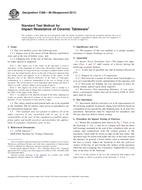
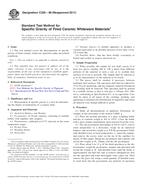 ASTM C329-88(2011)..
ASTM C329-88(2011)..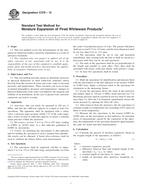 ASTM C370-12
ASTM C370-12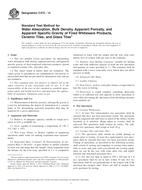 ASTM C373-14
ASTM C373-14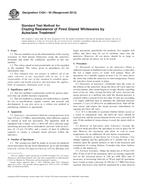 ASTM C424-93(2012)..
ASTM C424-93(2012)..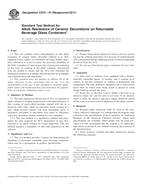 ASTM C675-91(2011)..
ASTM C675-91(2011)..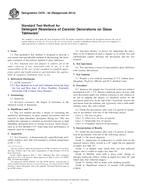 ASTM C676-04(2014)..
ASTM C676-04(2014)..
 Cookies
Cookies
